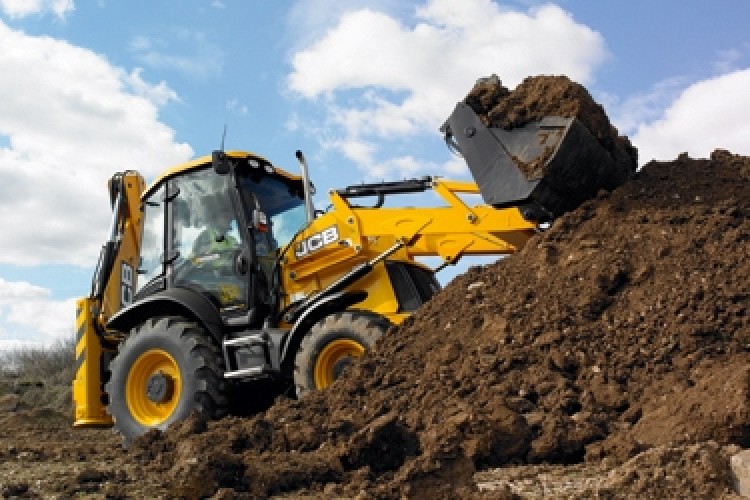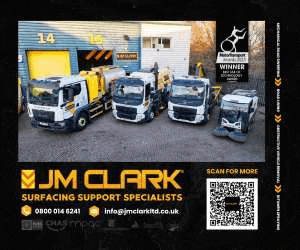One of the pleasant surprises in the 2012 Autumn Statement was a temporary tenfold increase in the Annual Investment Allowance (AIA) from £25,000 to £250,000 for capital expenditure incurred on eligible plant and machinery (new or used but not cars) on/after 1st January 2013 and before 1st January 2015. After this period the AIA is destined to revert back to £25,000.
In the words of the Chartered Institute of Taxation: “This is a very generous increase that will be warmly welcomed by many small businesses. It is an open invitation to almost all businesses to invest and get a 20% (or more) subsidy for all their plant and machinery investment.”
The benefit of an AIA is to accelerate the timing of the tax relief by providing 100% tax relief for qualifying capital expenditure in the accounting period in which the expenditure is actually incurred. This is particularly attractive where the rates of corporation tax are falling; acting promptly may generate higher tax relief before the top rate of 24% falls to 21% from April 2014. The AIA applies to ALL businesses - so the tax relief could be substantially greater for unincorporated businesses paying 40% or more in income tax. Annual expenditure above the first £250,000 will attract the usual 18% annual Writing Down Allowance in the first year with the balance going in to the pool of allowances for subsequent years. Under normal circumstances it can take up to 12 years to write off 90% of a machine’s cost against tax.
In order to secure the maximum available tax benefit, it is vital that a carefully planned and possibly phased purchase programme takes due regard of the company's financial year end, particularly if the accounting period straddles the January introduction and end dates of the temporarily enhanced AIA. Get the timing and/or the amounts wrong and the business could either miss out on available tax relief or worst still, end up paying far more tax than required.
A business with the same accounting period as the tax year would normally be easy to calculate but the January introduction of the AIA creates a straddling period which results in only 3/12ths of £250,000 being eligible for an AIA claim for any expenditure in the first calendar quarter of 2013 i.e. £62,500 instead of £250,000. However, if there is no expenditure in that first quarter then up to £62,500 of potential tax write off will be lost in that accounting year. The flip side of the coin is a business with a calendar financial year ending 31st December. It could spend £250,000 at any time from the 1st January until the end of December 2013 and, given that it makes at least £250,000 of profits during 2013, will be able to write off the whole amount. Different companies with different accounting periods will result in different amounts and different key periods of expenditure. There are further rules relating to the timing of the capital expenditure which can restrict the maximum AIA entitlements. These rules are quite complex and financial advice will be needed from your accountant or finance director.
The table below shows four different financial year end companies and how vital it is to spend the right amount within the right periods in order to maximise the tax benefits. This is particularly important for capital expenditure near the start or the end of the temporary two year enhanced AIA. The easiest scenario to understand is a 31st December financial year-end company which can purchase £250,000 of eligible plant and machinery at any point in its accounting year between January and December. For other accounting periods the scenarios will be more complex but even for these businesses there is a middle period which does not straddle the January 2013 introduction date or the January 2015 end date where the full £250,000 AIA can be claimed. The table below makes this clear.

This all sounds very good but what does it mean?
Imagine the following scenario: a partnership of a father and his two sons, having made good profits, is belatedly contemplating replacing some machinery, having not purchased any machinery that year. The rapid approach of the 2013/14 tax year end is causing the accountant some concern with the potential of a big income tax bill for his client. Even after claiming all available business expenses, a profit of £250,000 remains, which would attract the 40% income tax rate. The partnership’s accounting period matches the tax year.
The accountant explains that, if the partnership invests £250,000 in eligible machinery the full £250,000 AIA will apply. He also suggests that there is a great cash flow benefit to be had by using Hire Purchase. Paying a 10% deposit (£25,000) and borrowing £225,000 over three years on a hire purchase agreement equates to a £100,000 outlay in the first year of the acquisition, followed by £75,000 in each of the subsequent years (net of interest charges). The £100,000 expenditure over the first year equals the £100,000 tax bill saved, so HM Revenue & Customs has effectively paid for the partnership’s deposit and its first year’s HP payments. Not only that, but the partnership has managed its cash flow in an exemplary fashion – claiming the maximum £250,000 AIA but with an outlay of perhaps only £25,000 if they acquired the machinery in the last month of the financial/tax year. Paying £250,000 in cash on day one would only net the same overall tax benefit but would not gain any prizes for cash flow management. As a matter of interest (excuse the pun) any interest paid on the hire purchase agreement is also 100% allowable against taxable profits.
However, be warned because the above scenario has an accounting period that straddles the 1st January 2013 which means a phased purchasing plan will be required to maximise the AIA that can be claimed. If £62,500 is not spent in the first quarter of 2013 then that AIA will be lost forever. Equally only £187,500 AIA is available between April and December 2014 because the AIA will drop to £25,000 from 01.01.15 onwards. Only 3/12ths of the subsequent £25,000 AIA (£6,250) can be claimed in that last quarter so don’t leave it until the last quarter to make the purchase.
Other factors being equal, if your business is contemplating purchasing eligible machinery there are some strong tax-based and cash flow arguments to justify carefully planned machinery purchases, probably in a phased manner, in order to maximise the tax savings available from this temporary opportunity.
While all of the above can only be achieved by businesses making enough profits to offset the capital expenditure via hire purchase (or even cash) there is a financial alternative - leasing. This would be particularly applicable for those businesses not making high enough profits to claim the full AIA but who still want to enjoy the considerable cash flow benefits that leasing can offer. In addition if the business is likely to spend more than £250,000 then, once this amount has been spent, leasing can then re-emerge as the most tax efficient funding method for most businesses.
JCB Finance is not a tax or financial advisor. Aalways seek advice from your accountant or finance director, because every business’ circumstances are different. Businesses should not make investment decisions purely on a tax basis - there should be a compelling business case for the investment.
Got a story? Email news@theconstructionindex.co.uk




